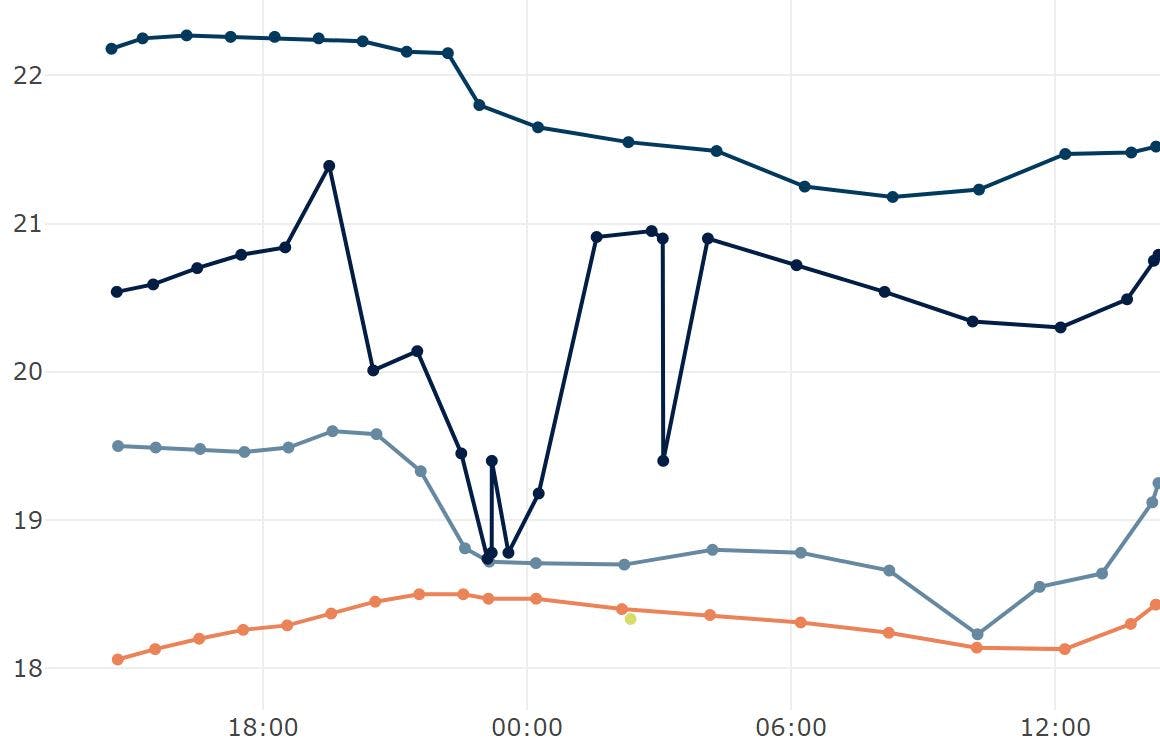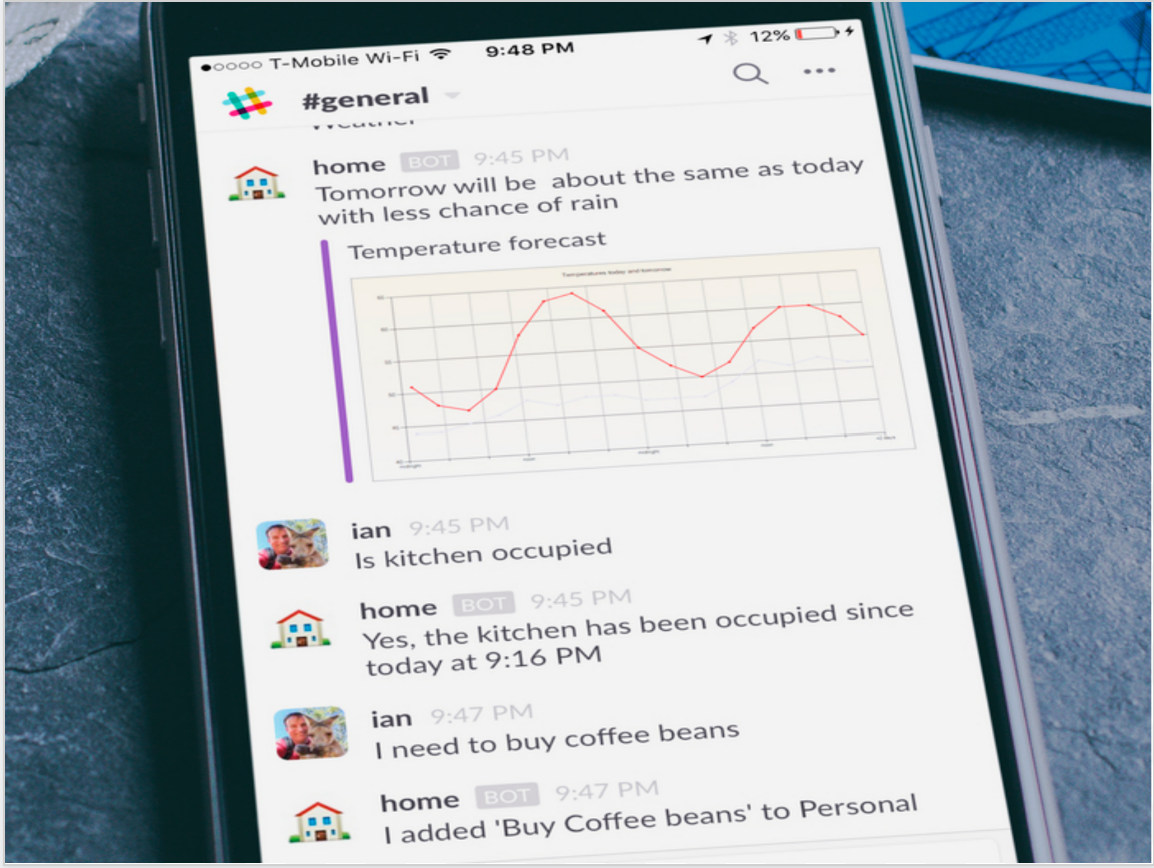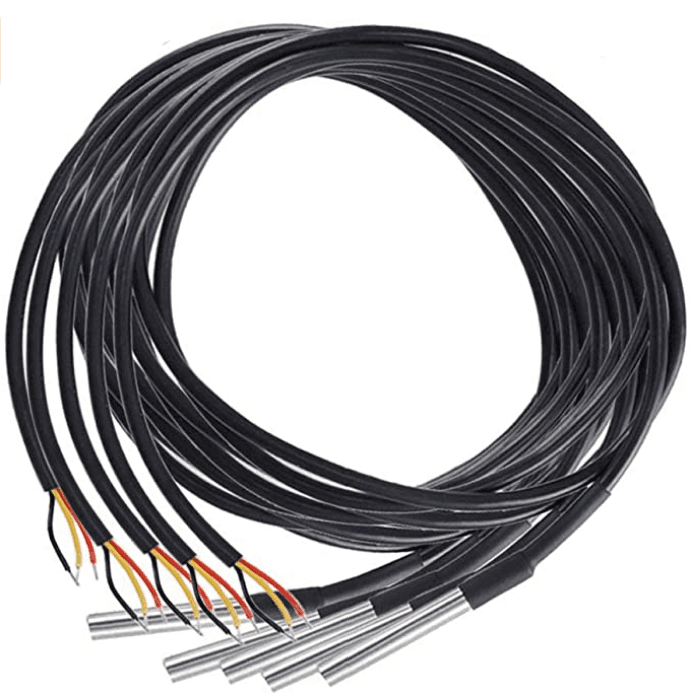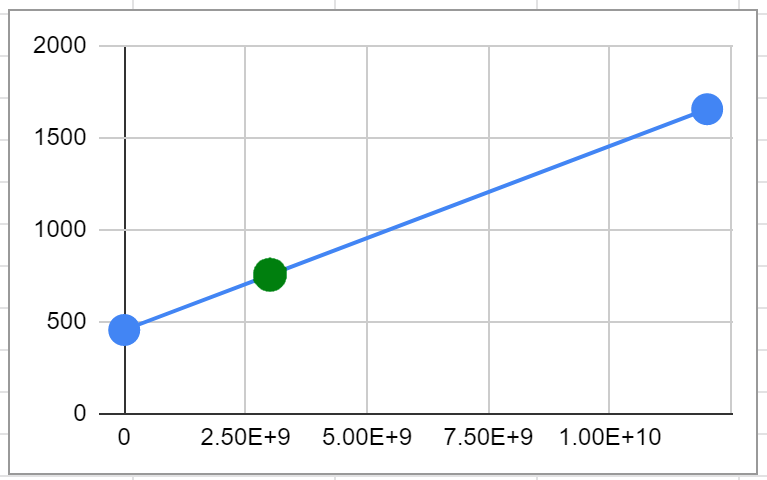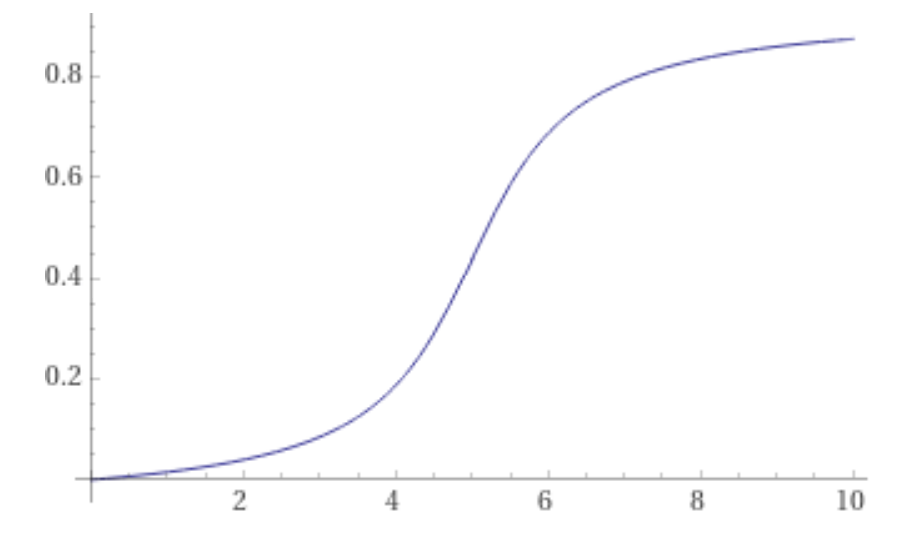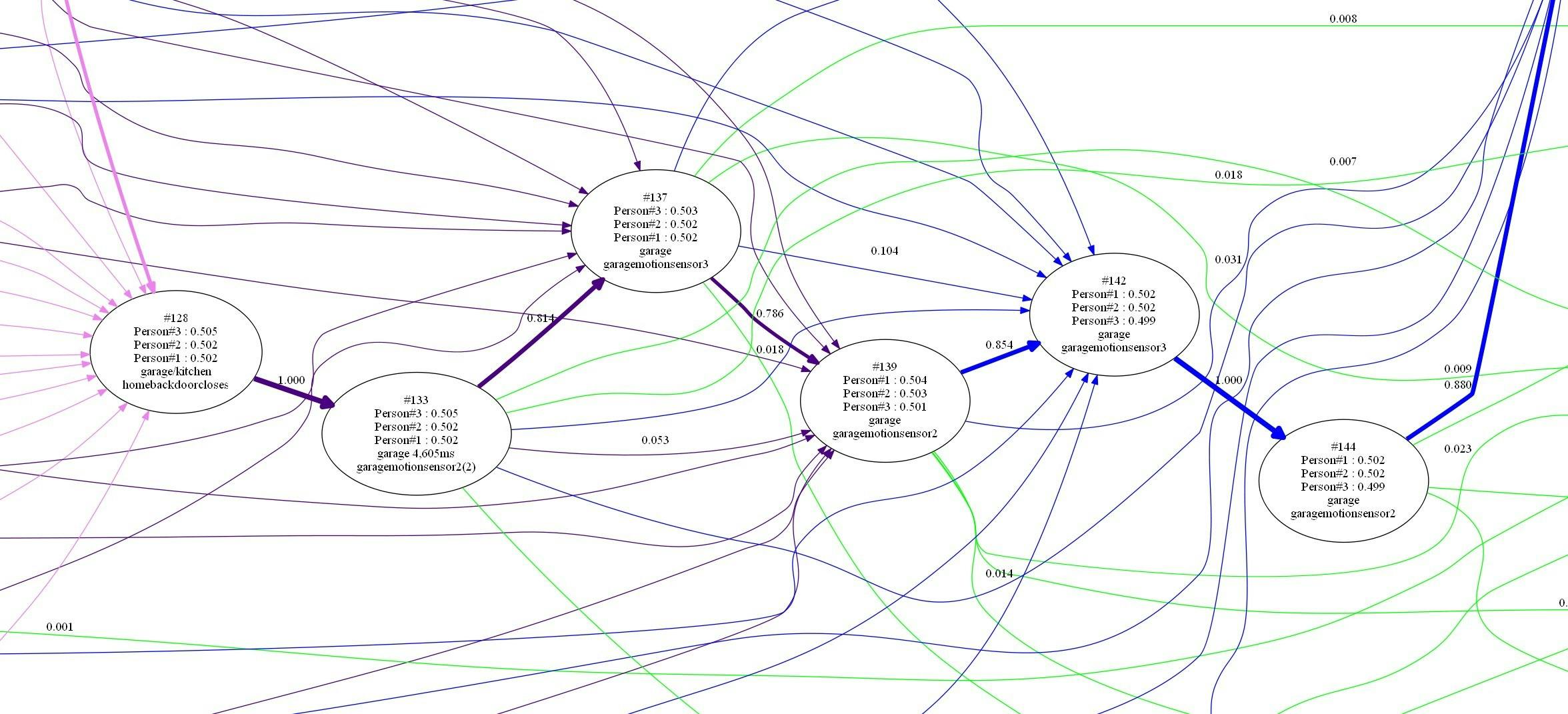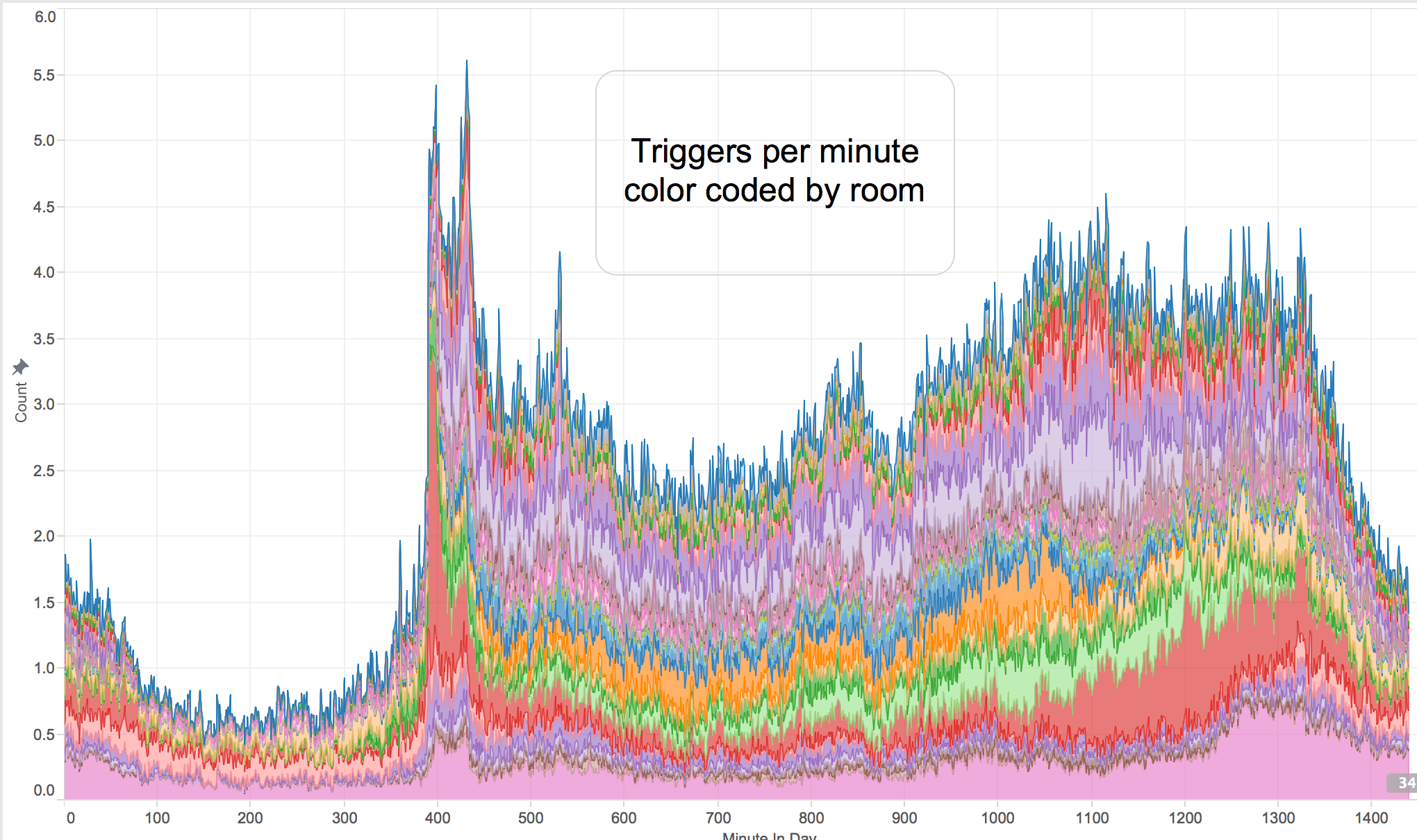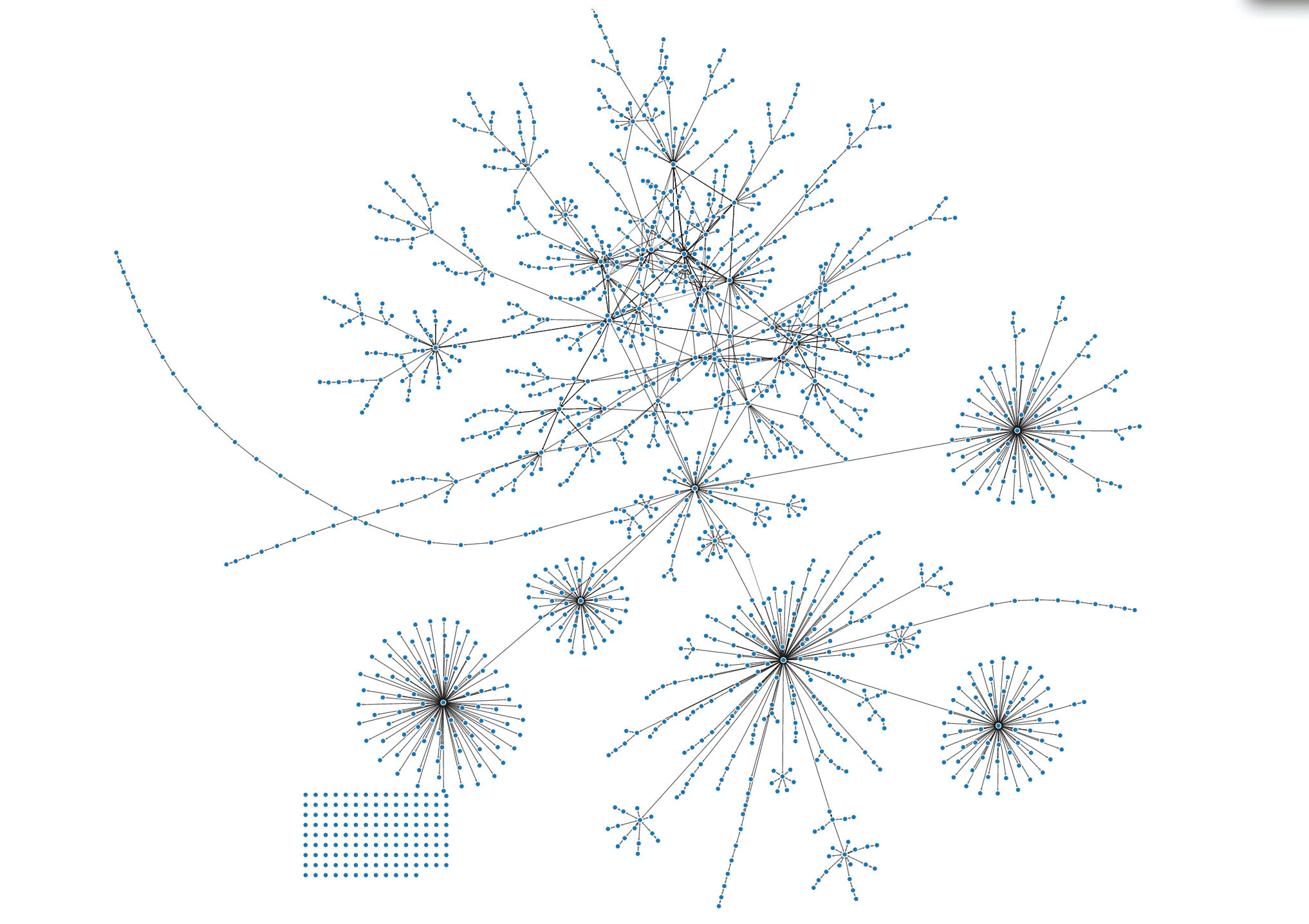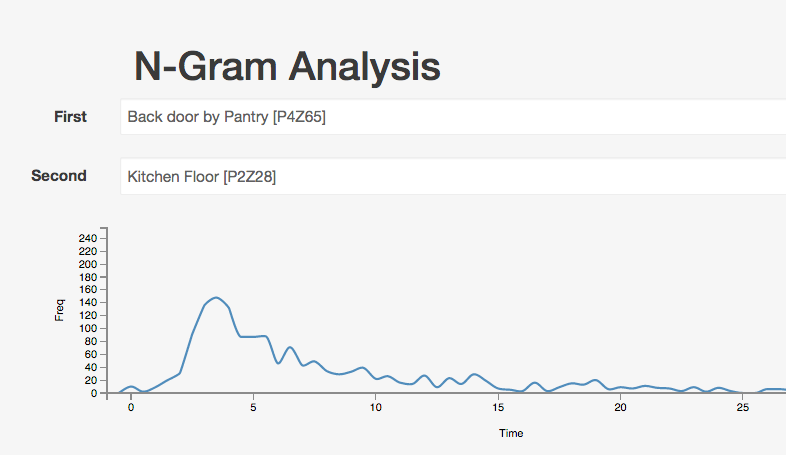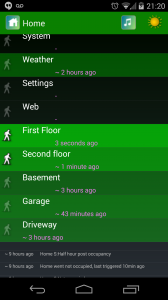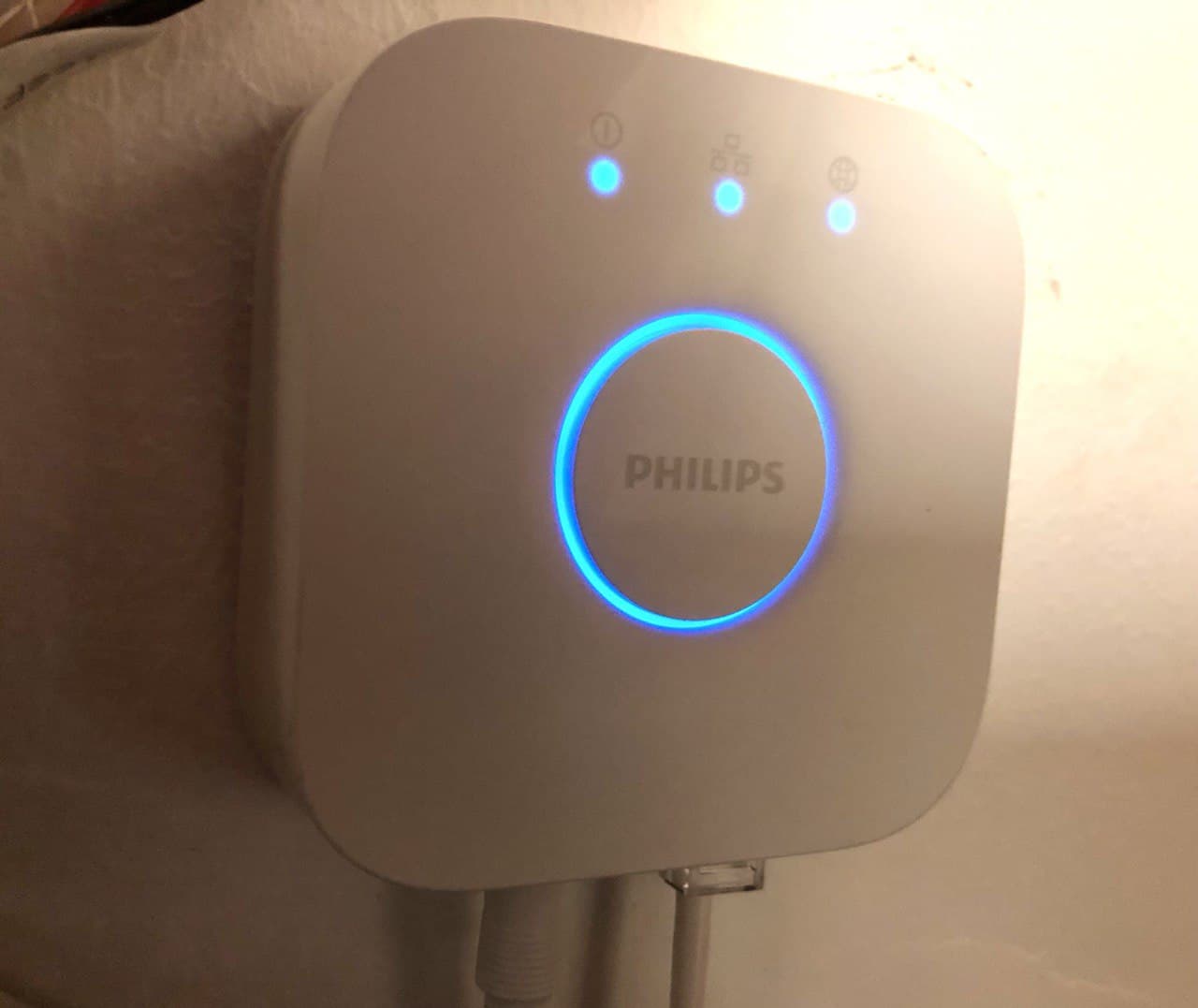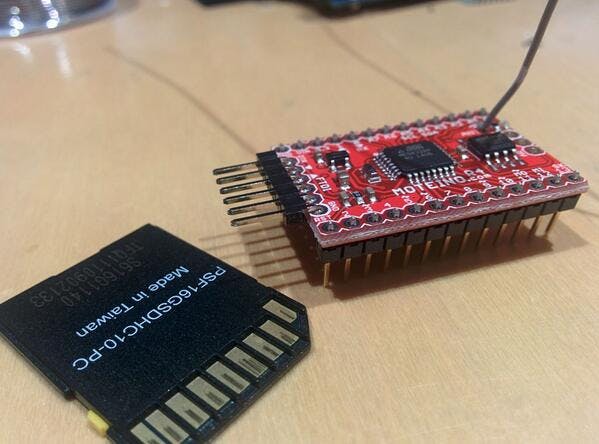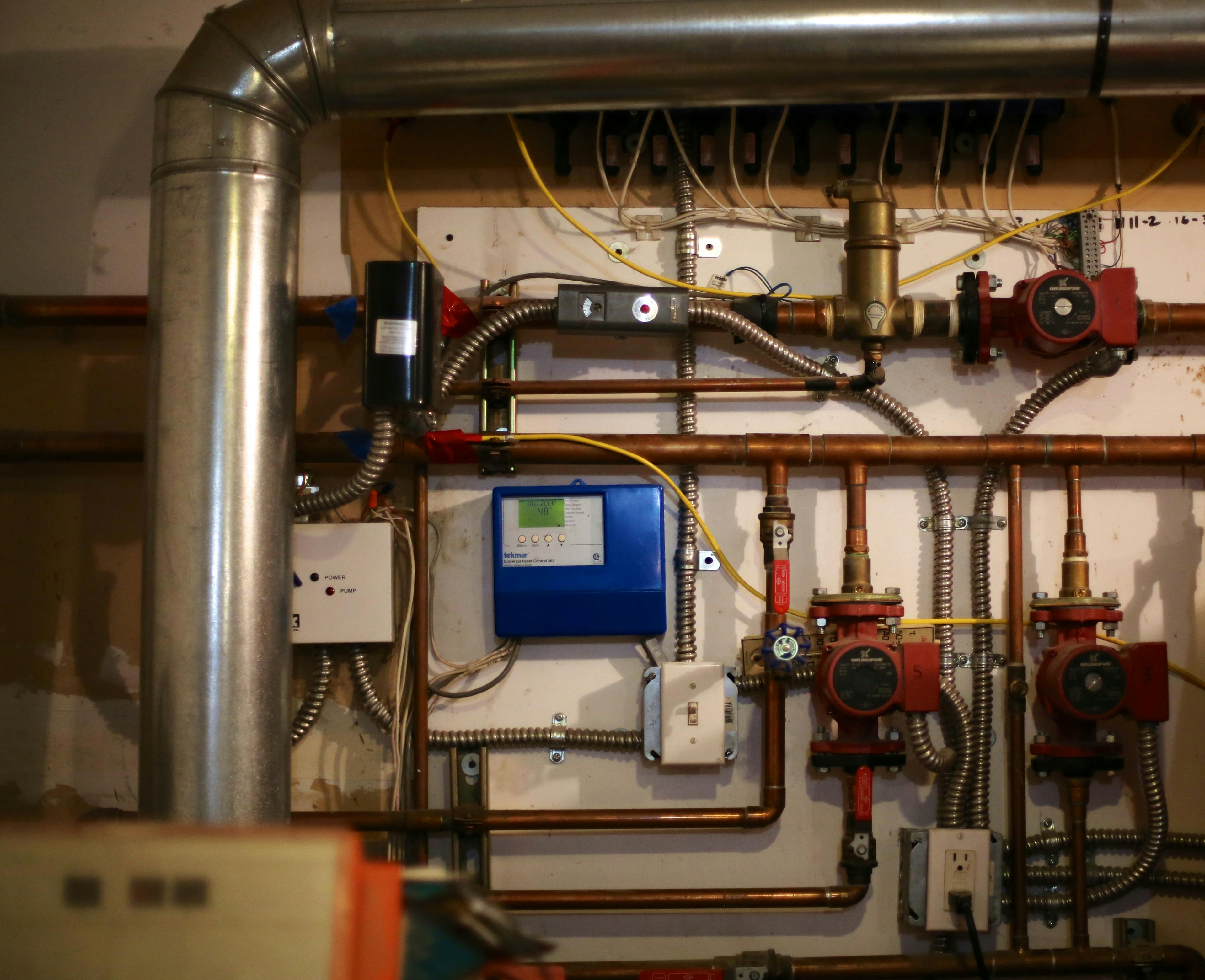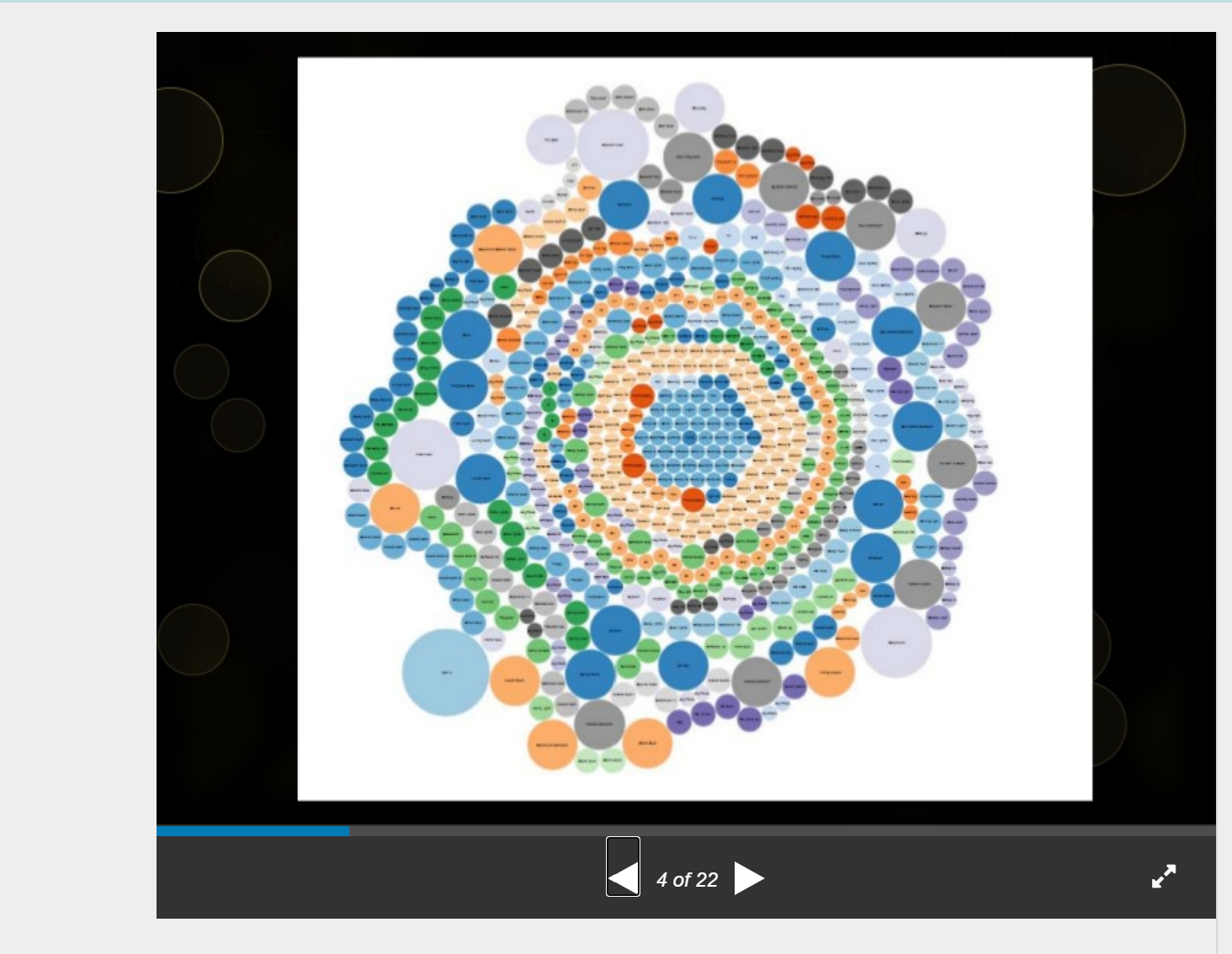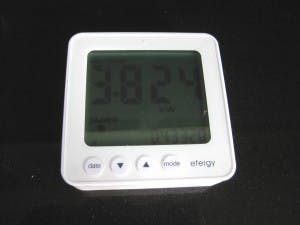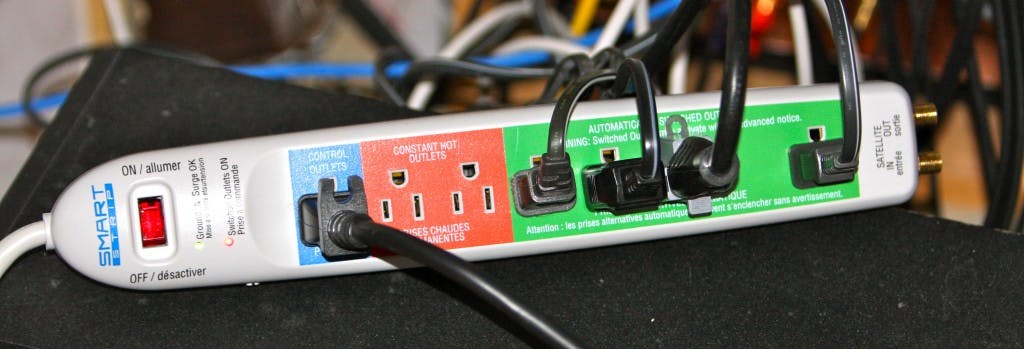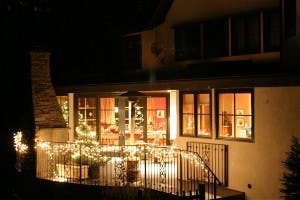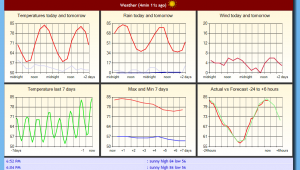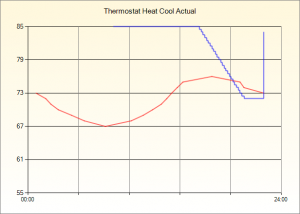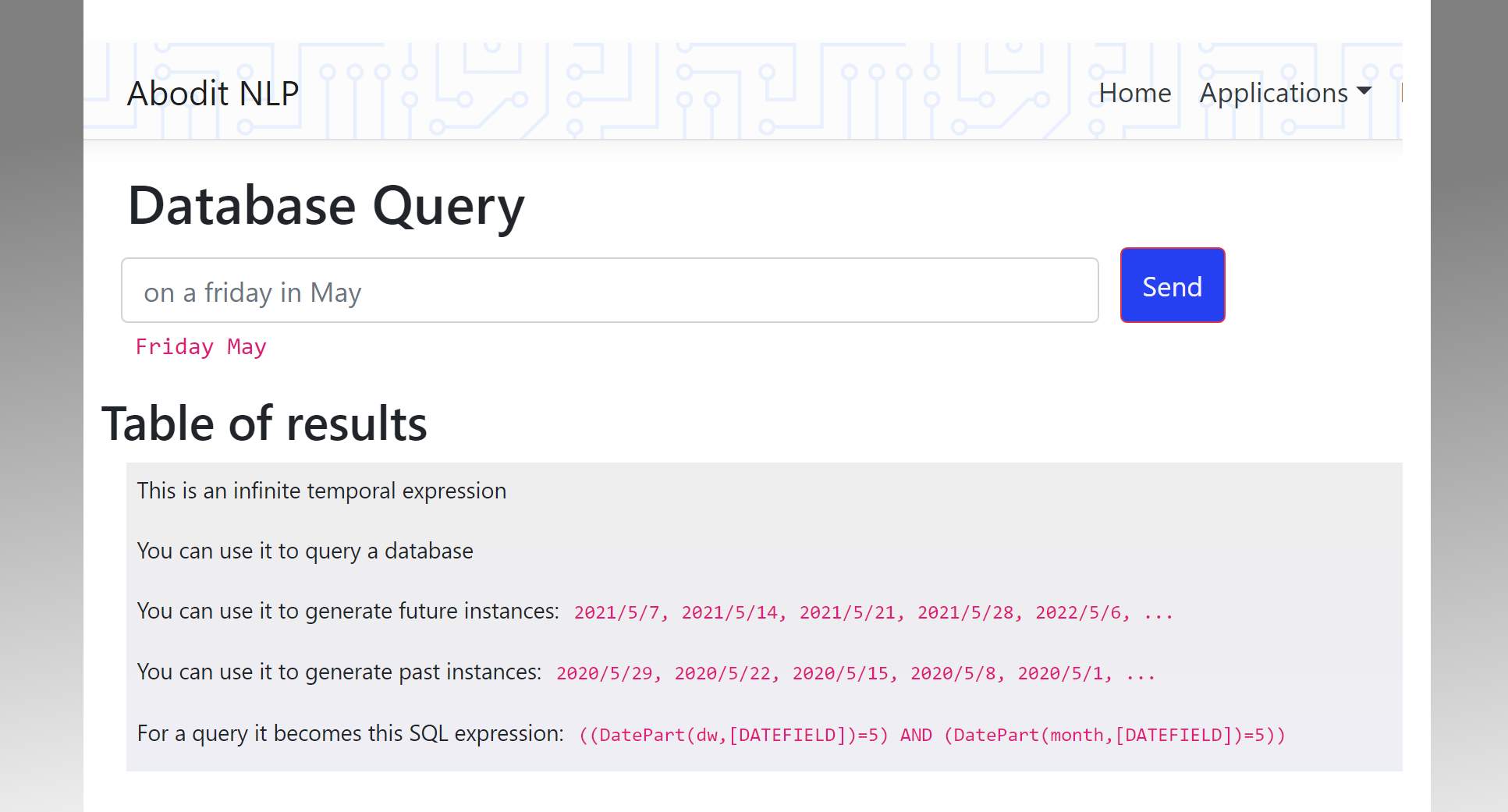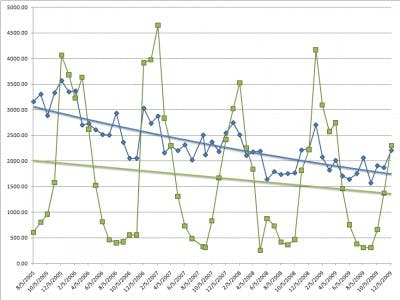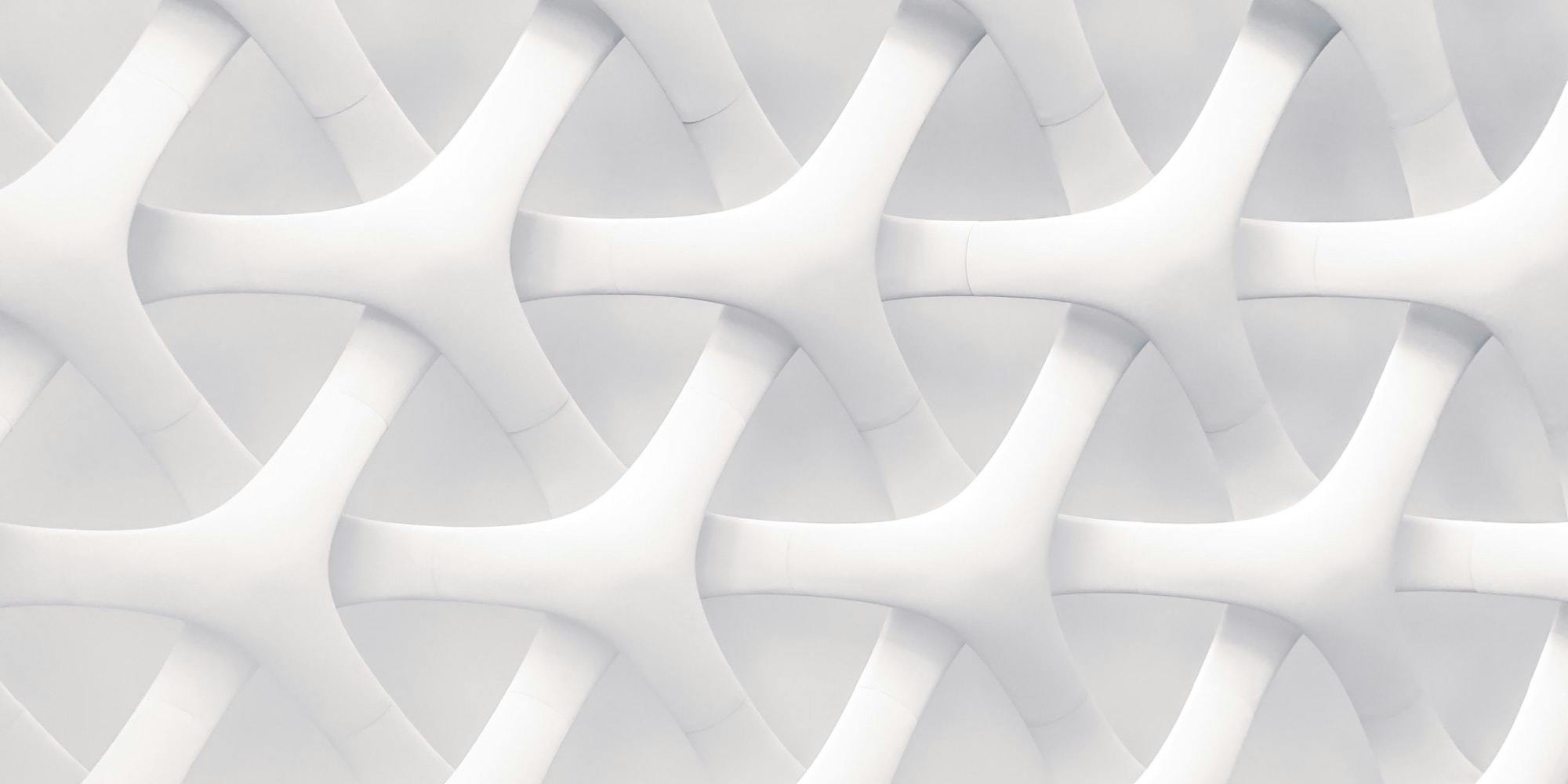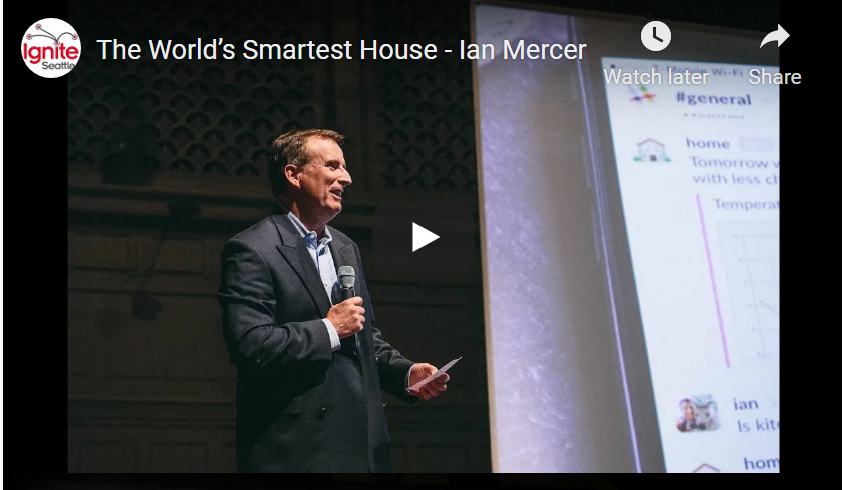Passive Air Conditioning to reduce Energy Consumption

 photo credit:
dynamosquito
photo credit:
dynamosquito
Technology to heat or cool buildings naturally and without expending huge quantities of energy has existed for thousands of years. In Iran this 'badgir' has a natural cooling system made with mud bricks and Adobe. It uses the air circulation between two towers passing through a dome refreshed by the flow of water into an underground channel named Qanat.
By contrast, typical American home construction affords few opportunities to use nature to help heat or cool the spaces we live in. Homes here are built with thin walls making them poor insulators and although modern homes are well insulated with fiberglass insulation in the walls and roof spaces that is done primarily to keep the heat in; it provides little thermal inertia and has the unintended consequence of trapping heat in the house during summer months when there is plenty of sunlight streaming through large windows but no way out. Worse still, in modern construction, windows and doors are kept tightly closed and the building itself is built so tight that it needs a fan to bring in outside air regularly to improve the air quality in the building. That fan uses energy and runs on a dumb timer, sucking in potentially cold air in winter and hot air in the summer.
Having already reduced my total electricity consumption by over 40% and made inroads in how much gas we use for heating I've recently begun to look at how we can reduce the amount of cooling needed to keep our house comfortable in the summer.
In a location where there is a significant variation between daytime and night time temperatures there ought to be an opportunity to heat or cool a house naturally using free energy from the environment. Here near Seattle for several months each year we have just such an environment as you can see on the graph to the right (click to enlarge). The nighttime lows are currently below 70°F and the daytime highs are well above 70°F.
Since we already have a fan connected up that's forcing external air into the house why not connect that fan to the home automation system and dispense with the dumb timer that was driving it. Now the house has control of that fan it can change the time of day when fresh air is brought into the house to use warmer air in winter (around 3PM) and cooler air in summer (around 3AM). It can also use this fan in conjunction with the air conditioning system. For example, it knows you are upstairs and that it's too warm up there tonight, the air conditioning has been running but it's now past midnight and although it's still 72 inside it's dropped below 70 outside. In this situation it can simply open the external damper, turn on the fan and turn off the air conditioning. Cool air flows in and the compressor is idle.
All this seems like a good theory but because I've only had it installed for a few days it's too early to say how well it will work.
But what about houses with no circulation fan? Could we simply use doors and windows to improve comfort and reduce costs by telling the occupants when to open and close them? Today for example I was up early and it was cool outside so I opened up all the doors to the deck. The graph below shows what happened: a much bigger temperature drop than the day before even though it's a much warmer day today overall. What I failed to do today, however, was to close them at the right time so the early gains in 'coolness' were soon offset by the rapidly rising outdoor temperature and before lunch it was already warmer inside than the day before. But what if the house calculated what to do and told you so that you could do an optimum adjustment to doors and windows to achieve free cooling?
My home automation system tracks the temperature in each zone in the house using an Aprilaire communicating thermostat with RS485. It can display graphs for any variable or collection of variables using the ASP.NET charting control. These graphs and experiments like the one this morning are helping me understand the dynamics of our house and figure out the best ways to achieve passive cooling (or heating).
